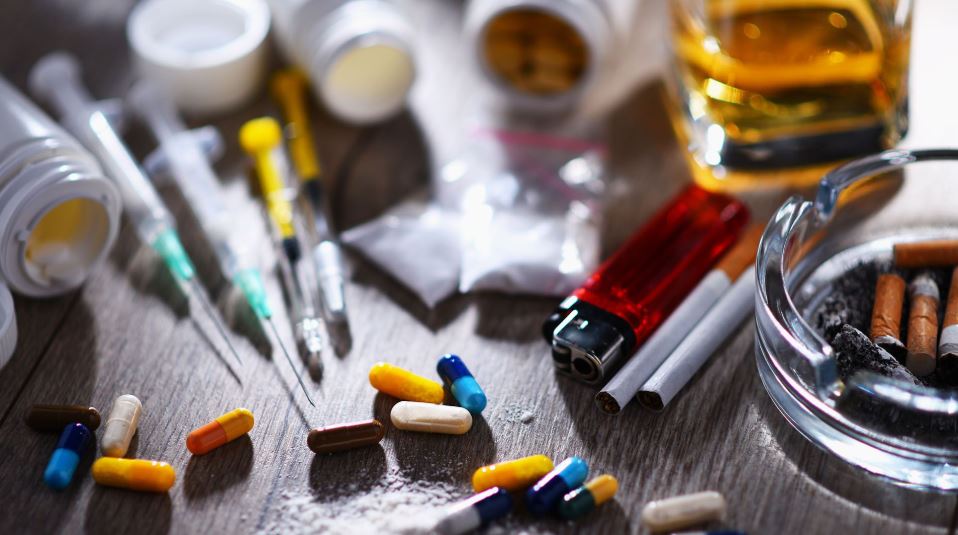 Nearly half of Kenyan university students have experimented with at least one drug or substance in their lifetime, a new report by the National Authority for the Campaign Against Alcohol and Drug Abuse (NACADA) has revealed.
Nearly half of Kenyan university students have experimented with at least one drug or substance in their lifetime, a new report by the National Authority for the Campaign Against Alcohol and Drug Abuse (NACADA) has revealed.
The report, Status of Drugs and Substance Use Among University Students in Kenya, examined drug and substance abuse trends among university students across the country last year.
According to the findings, 45.6% of students admitted to using at least one drug or substance. The most commonly abused substances include alcohol (40.5%), cigarettes (13.4%), shisha (10.9%), vapes (8.5%), and nicotine pouches (4.6%).
Additionally, students reported significant use of miraa (10.1%), muguka (9.9%), smoked cannabis (14.9%), and cannabis edibles (11.9%).
The report also found that 26.6% of university students had engaged in drug or substance abuse in the past 30 days.
Substance use was more prevalent in private universities (35.1%) compared to public universities (22.6%).
The study further revealed that students in private universities experienced higher rates of severe depression compared to those in public institutions.
Hard Drugs Abuse
The study also exposed the alarming use of harder drugs among university students, revealing that one in 24 students had used inhalants, while one in 63 had consumed cocaine, and one in 59 had used heroin within the past month.
In partnership with 17 universities, researchers collected data from 15,678 students, achieving a 99.7% response rate. Among the respondents, 61.5% were from public universities, while 38.5% attended private institutions.


The findings also showed a higher number of male respondents (54.2%) compared to female respondents (45.2%).
During the report’s release, NACADA Chief Executive Officer (CEO) Anthony Omerikwa acknowledged the growing challenge of detecting synthetic drugs, emphasizing that their chemical precursors are legal and easily accessible, making regulation difficult.
“This is like fighting an invisible enemy,” Omerikwa warned. “You don’t see it coming, but by the time you realize it’s around, it’s already too late.”
Key Factors Driving Drug Abuse
The report identified several reasons why university students turn to drugs, including stress, unresolved childhood trauma, Gender-Based Violence (GBV), gambling, and peer influence from friends, partners, or role models who already use drugs.
Recommendations for Prevention and Support
To combat drug abuse in universities, the report recommended measures such as guidance and counseling, mentorship programs, affordable rehabilitation services, parental monitoring, and awareness campaigns across institutions.
It also urged universities to establish recovery communities that promote sobriety and provide ongoing emotional and social support to students battling addiction.
“The university management, through the relevant department, needs to create strong recovery communities that celebrate sobriety and provide ongoing emotional and social support for students recovering from substance abuse,” the report stated.










